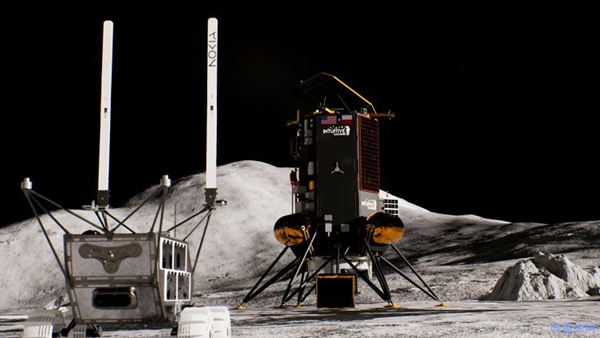Boeing's CST-100 Starliner Detaches from the International Space Station for Unmanned Return to Earth
After multiple tests and years of delays, the interstellar passenger plane manufactured by Boeing on behalf of NASA was launched on June 5, delivering two astronauts to the International Space Station. However, a helium leak issue was discovered in the CST-100 before launch.
Although the launch proceeded without major incidents, problems arose during the return phase, with multiple leakages and valve issues identified in Boeing's Starliner. After two months of evaluation, NASA decided to abort the plan, opting not to have astronauts return in the spacecraft.
Currently, NASA's official YouTube channel is live streaming, but Boeing has previously demonstrated experience with unmanned remote returns to Earth, so significant issues are not expected.
Astronauts stranded on the International Space Station, initially on a short trip expecting only a few days' stay, now face an extended mission. NASA plans to bring the astronauts back in February of the next year using SpaceX's Dragon spacecraft.
The extended delay is not only due to Boeing's shortcomings but also because Boeing's spacesuits are incompatible with those of SpaceX, necessitating a longer preparation period. Otherwise, sending a Falcon 9 to deploy the Dragon spacecraft would be a relatively straightforward task for SpaceX.










